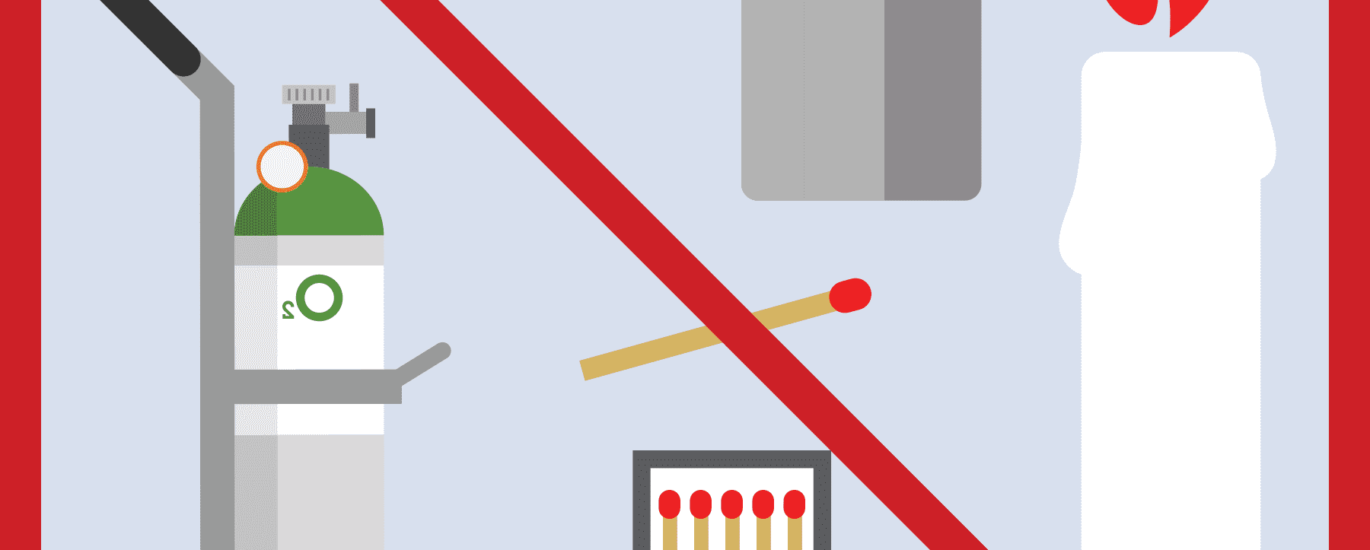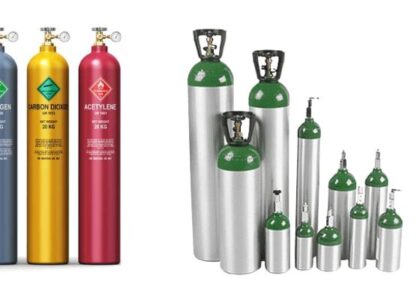Do’s and Don’ts While Using an Oxygen Cylinder
Oxygen cylinders are life-saving devices, especially for individuals with respiratory conditions such as COPD, asthma, or post-COVID complications. While using oxygen therapy at home or in a clinical setting, it’s essential to handle oxygen cylinders with care and follow proper usage guidelines. Oxygen supports combustion, which means any mishandling can pose serious safety risks. Whether you’re a caregiver, patient, or first-time user, understanding the do’s and don’ts of oxygen cylinder usage can prevent accidents and ensure effective therapy.
Below is a comprehensive guide to help you use oxygen cylinders safely and efficiently.
✅ DO’s: Essential Practices to Follow
1. Do Follow Your Doctor’s Instructions
Always use oxygen only when prescribed by a healthcare professional. Your doctor will determine the correct flow rate, duration, and method of oxygen delivery (mask or nasal cannula). Self-adjusting oxygen levels can be dangerous and ineffective.
2. Do Store the Cylinder Upright and Securely
Always keep the oxygen cylinder in an upright position, secured with a stand or a strap to prevent it from falling. A tipped-over cylinder could become a projectile due to high pressure, especially if the valve is damaged.
3. Do Ensure Proper Ventilation
Use oxygen in a well-ventilated area to avoid buildup. Oxygen-enriched environments can increase fire risk, so keeping windows slightly open and avoiding enclosed spaces is advised.
4. Do Keep the Cylinder Away from Heat and Flames
Oxygen accelerates combustion, even though it doesn’t burn by itself. Keep the cylinder at least 3–5 meters away from open flames, gas stoves, cigarettes, incense sticks, and other sources of heat or sparks.
5. Do Use Clean and Dry Hands
Always make sure your hands are clean and dry before touching the valve, regulator, or mask. Oil, grease, or even lotion can cause a fire hazard if it comes into contact with oxygen.
6. Do Check for Leaks and Cylinder Condition
Regularly inspect the cylinder for any unusual sounds (like hissing), damage, or rust. Use soapy water (never a flame) to check for leaks around valves or joints. If bubbles form, there’s a leak, and the cylinder should not be used.
7. Do Keep Emergency Contact Numbers Handy
Have your oxygen supplier’s and healthcare provider’s contact details accessible in case of emergencies, leaks, or equipment failure.
❌ DON’Ts: Mistakes to Avoid
1. Don’t Smoke or Let Others Smoke Near the Cylinder
This is one of the most dangerous things you can do. Smoking near an oxygen cylinder can lead to a fire or explosion. Even passive oxygen around a smoker is hazardous.
2. Don’t Use Flammable Substances Near Oxygen
Avoid using alcohol-based sanitizers, sprays, aerosols, petroleum jelly, or oil-based creams when you’re on oxygen therapy. These materials are highly flammable and can ignite in an oxygen-rich environment.
3. Don’t Tamper With the Equipment
Never try to fix, open, or modify any part of the oxygen cylinder or regulator yourself. Only trained professionals should handle maintenance or refilling. DIY efforts can result in serious injury.
4. Don’t Leave the Cylinder Unattended While in Use
Always monitor the cylinder when it’s in use. If you’re stepping away or the person using it is sleeping, ensure safety measures are in place or turn off the supply if it’s safe to do so.
5. Don’t Store the Cylinder in a Hot or Confined Space
Do not place the cylinder in closets, cars, or under direct sunlight. Excessive heat can increase the internal pressure of the gas, leading to dangerous situations.
6. Don’t Use Damaged Masks or Tubing
Worn-out or cracked tubing and masks can reduce oxygen flow and cause ineffective therapy. Replace damaged parts promptly and use only compatible accessories.
7. Don’t Ignore Expiry Dates or Refill Schedules
Oxygen cylinders come with a refill date and an expiration marking. Ignoring these can lead to low-pressure supply or leakage. Track refill schedules and service dates regularly.
🛡️ Bonus Tips for Safe Usage
Keep warning signs: Place “No Smoking – Oxygen in Use” signs near areas where the cylinder is used.
Train family members: Make sure everyone in the house knows basic oxygen safety, especially children.
Install fire detectors: Consider having smoke alarms or detectors in rooms where oxygen is regularly used.
Have a backup cylinder: Always keep an extra filled cylinder, especially if the patient depends on oxygen therapy full-time.
📝 Conclusion
Using an oxygen cylinder at home can greatly improve the quality of life for individuals with breathing difficulties—but only when used responsibly. Following the proper do’s and don’ts ensures not only the effectiveness of the therapy but also the safety of everyone in the vicinity.
Never treat oxygen as just another gas. Respect it, understand it, and handle it with the care it demands. And most importantly, always buy medical-grade oxygen from trusted and certified suppliers.





